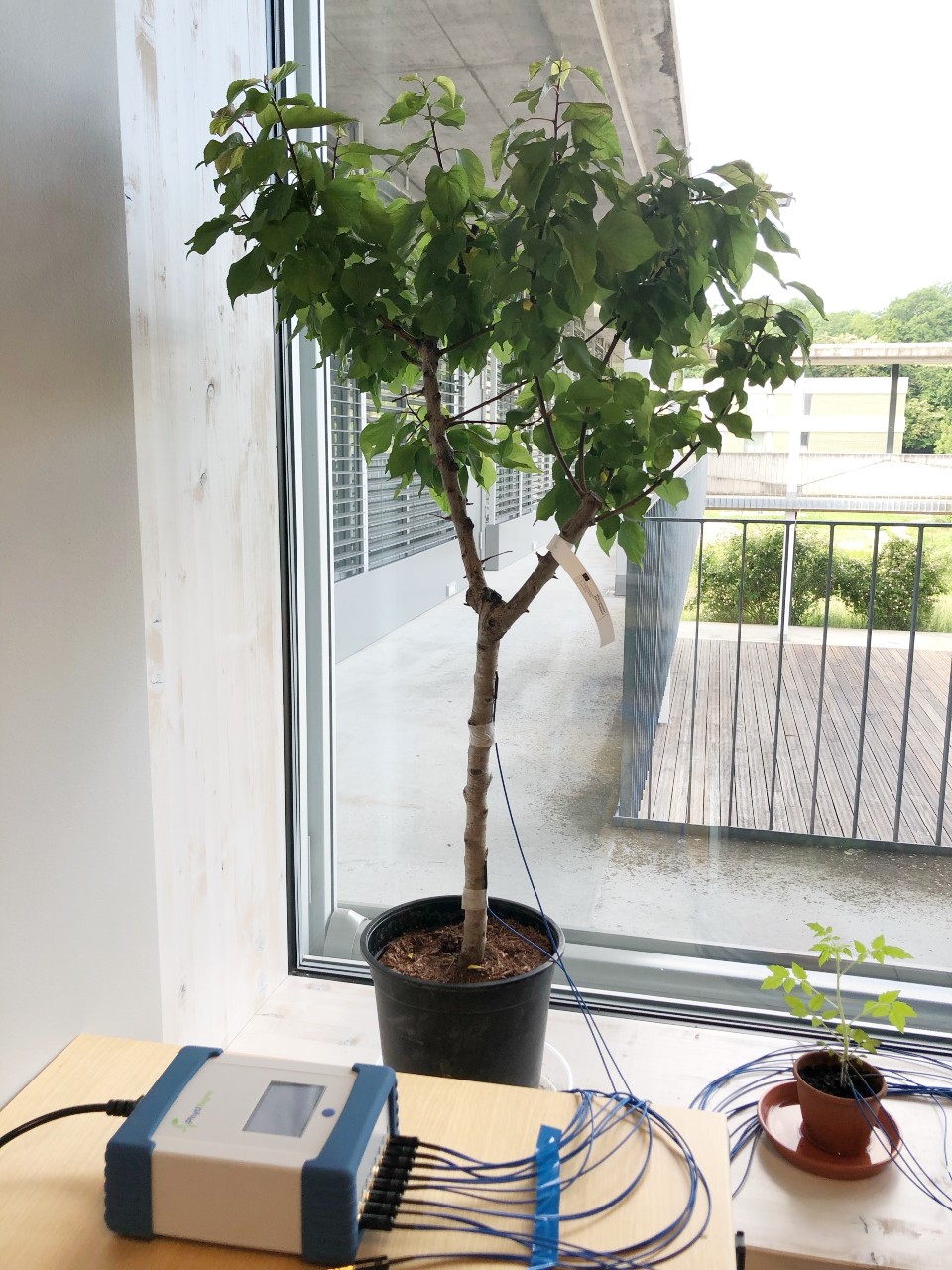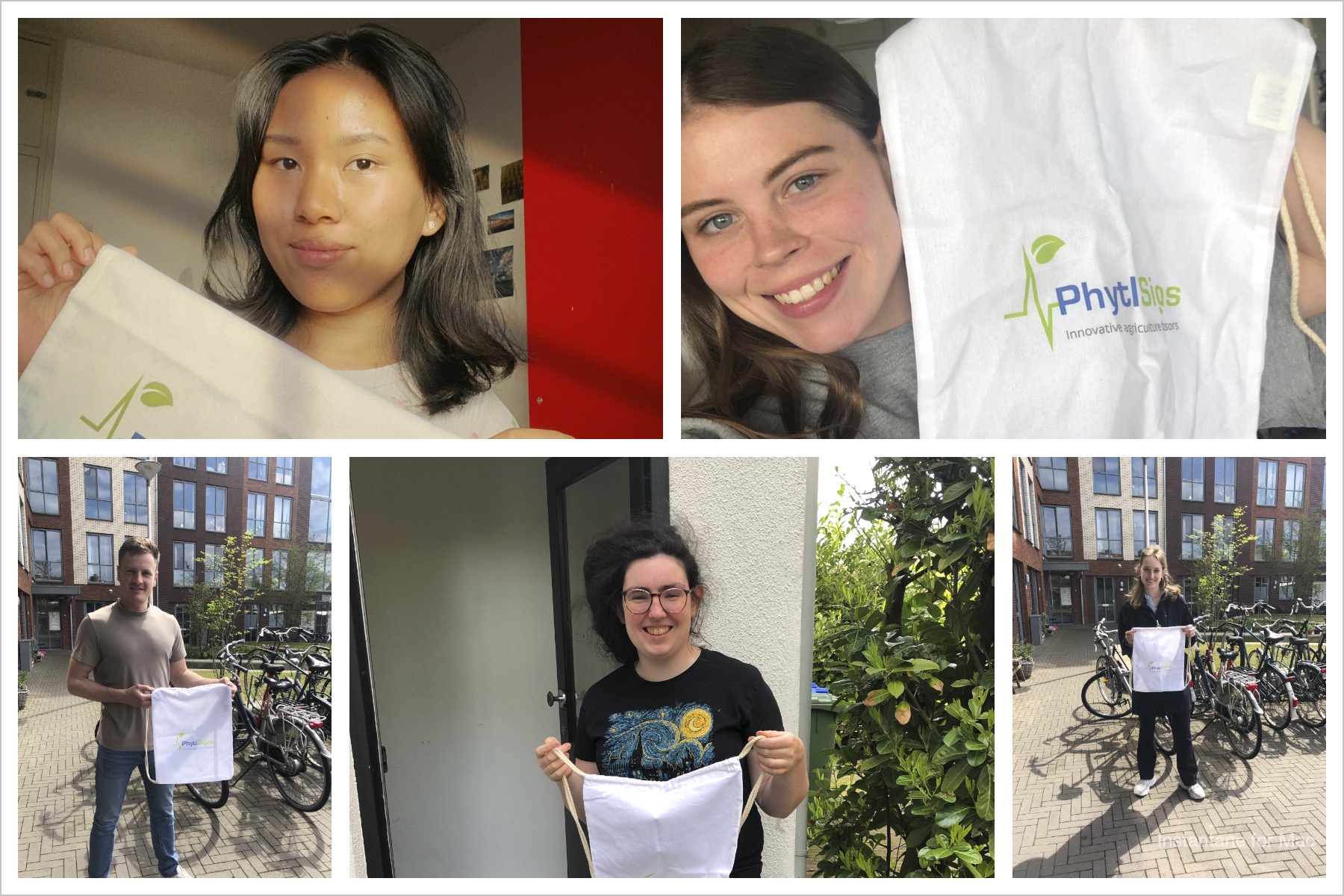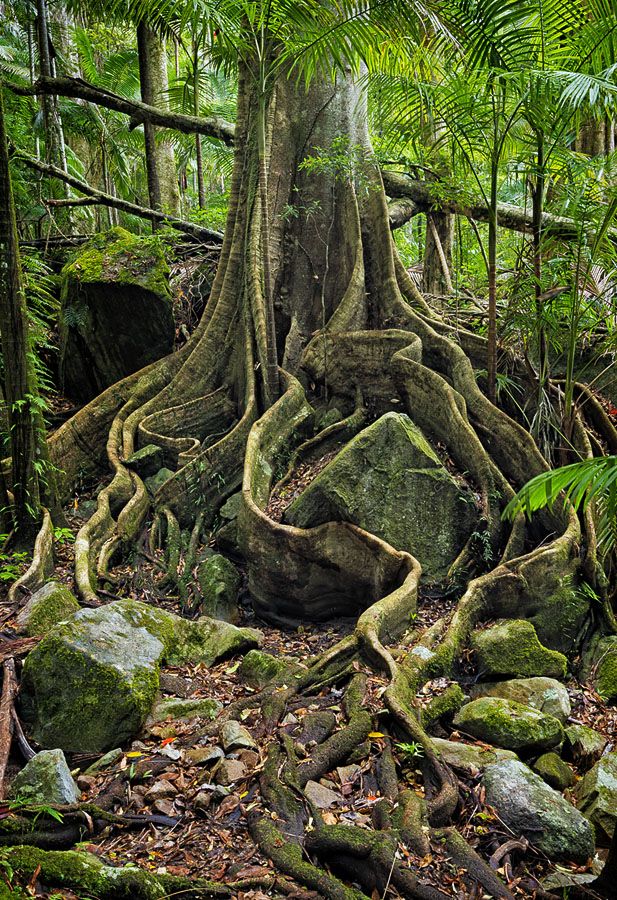![20210219_142311[1]](https://vivent.ch/wp-content/uploads/2021/02/20210219_1423111-3-scaled-1.jpg)
Swiss agronomist, Gil Carron has had a wide range of work experiences in plant growing establishments during his years of studying for his agronomy qualifications, but he now finds himself in a very different role: researching a very unique area of plant research – electrophysiology. In 2020 he returned to his home canton of Valais, close to his beloved mountains, working at Switzerland’s leading agricultural research centre Agroscope, as a part of a Swiss government funded collaboration with Vivent, called Innosuisse Project SIENA.
Project SIENA (System Interpreting Electrophysiology Networks in Agriculture) is developing the abilities of Vivent’s bio sensor PhytlSigns to become a world beating, real-time, non- destructive crop monitoring tool. The project is about having better predictive crop stress models for future growers and breeders.
Why did you go into agronomy?
As a child, spending a lot of time at his grandparents’ Valais farm, Gil developed a love of gardening and a passion for all-things-plants, so it was natural for him to want to work with plants. He achieved a Bachelor degree in Agronomy in Geneva, followed by several work placements – one at a small organic market garden company and another at a seed producer. After that Gil felt that he wanted to go more in a research direction and consequently he applied for the post at Agroscope.
What do you enjoy most about your work?
Gil says he’s enjoyed discovering the new world of plant electrophysiology thanks to Project SIENA and the expert knowledge and guidance of Dr Daniel Tran. He now looks differently at the plants he’s growing- when he was managing a crop, he would look at overall crop health and focus on monitoring yield, but now he’s able to look at what’s happening to plants in real-time, watching the electrical signals coming from those plants as they react to changes in their environment. He also enjoys the complexity of the organisation of experimental plant trials.
What are the biggest challenges you face?
Working in the field of plant electrophysiology, where not much is known or published, compared with other plant research areas, presents its challenges- not much prior knowledge means that the work is often very experimental.
What impact can you see PhytlSigns having in the future?
Gil replied, “I’m sure that PhytlSigns will make a real difference in helping growers to use less water and less costly, and potentially damaging, growing aids. Growers will reduce production costs and pollution, helping to save the planet!”
How will Agronomy change in the future?
The pace of change in agronomy is really accelerating. Gil sees that growing-related methodologies are already evolving at great pace, but there seemed to be ever increasing disparity in the industry between mega-sized companies, able to adopt latest tech for crop and resource management, and the equally vibrant sector of smaller, often organic, locally focussed growers. Because of that, future agronomists will need to adapt and evolve too, in being able to meet those sectors’ different needs and goals.
What’s next for you?
At the moment Gil feels he wants to stay in plant research, if funding allows, since he finds it very rewarding. Thanks to Gill for his time and all his efforts on Project SIENA and we all wish him well for the future, whatever that holds.




